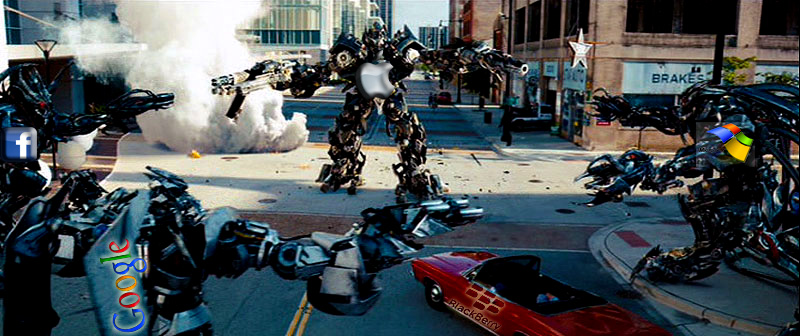I’m pretty handy when it comes to technology, but the past week has really underlined for me just how proprietary digital technology has become. In the past seven days I’ve had to root my phone and I’m still struggling to free the magazines I have purchased from the clutches of Apple.
With content so closely tied to software delivery, and more and more of that software delivery being locked to specific hardware, you seemingly have to accept the fact that you don’t own anything you legally download from the internet without also accepting that the only way to view it is through a multinational’s proprietary ecosystem.
I’m just over two years into a three year contract with Telus. Last year Samsung decided that my Galaxy Note2 wasn’t allowed to update the Google Android operating system that runs on it. I normally wouldn’t care, but Google Play keeps updating the apps I have on the phone, eventually making a number of them incompatible with my stale version of Android.
Why would Samsung do this? It’s been two years, it’s time to force me into an upgrade to a new phone. This wouldn’t be an issue in most markets where telecoms can’t bully customers, but it’s only recently that Canada decided to join the rest of the first world in limiting its cellular carriers in terms of abusive contracts. Why would Telus shrug about my phone problems? Because they are selling me a new phone early, even while I’m still on a contract that was deemed unfair to consumers.
What’s left for the user? The hacker community, thankfully. After having a chat with my students (all of whom have hacked their phones), I found Jedi X and installed it on the Note2. Suddenly the phone is faster than it’s ever been, no stability issues at all, lots of extra features that I got to select, and best of all, I’m not forced to run any of the cruft that Telus and Samsung demand I run ‘under contract’.
I’m suddenly no longer the owner of a phone that bricks itself every two hours and needs the battery pulled to restart it. I’m also the owner of a Note2 that makes lightsaber noises whenever you take the stylus out (I can’t express how happy this makes me). Without the modding community I’d be stuck with a useless phone and paying my way out of a contract that wouldn’t be legal in most of the world, and isn’t legal any more in Canada.
So, with the phone hacked and sorted, I turned to Apple’s Newsstand. I’ve been using an ipad mini to read, but some magazines on the newsstand are locked to aspect ratio and zoom. Since they were designed for a regular ipad, they don’t present well on the mini. Fortunately, after much searching, I’ve found a tablet that I actually enjoy using. The Microsoft Surface is a tablet that also lets me snap a keyboard on and do work as a full Intel i5 laptop. I can even do photoshop and video editing on it! Its high resolution screen is comfortable for reading too.
 |
| Like my Microsoft iPad? It can also be a Microsoft Android tablet, or a linux PC, or, you know, a Windows PC. |
Should be no problem, right? Just install itunes and I’ll be able to access the content I paid for. Um, no. Apple locks that content to an i-device. You don’t own the magazine you paid for, it only exists when you’re looking at it through an Apple iOS screen. I don’t save money buying electronic subscriptions, each magazine costs me $3.99 instead of $6.99 for a paper copy, plus the price of an ipad.
As you might imagine, Apple doesn’t make an ipad emulator, but lots of other people have. A couple of downloads later (and a second OS install) and I’m in business, reading the content I paid for on the device of my choice. I can also boot the Surface into Android mode and view Google Apps on it. I’m sure this is breaking all kinds of Apple, Microsoft and Google legalese, which is really the point of this whole piece.
There was a time when digital technology was designed to empower users at all costs; the user wasn’t the first thing, they were the only thing. Users weren’t a data point to be mined, or consumer to be duped into committing to a closed ecosystem, they weren’t buried in legalese and they could expect hardware to run software without worrying about the brand on it.
In the earlier days of digital technology, before these digital giants (who are now synonymous with high-technology) turned this into a vicious game of one-upmanship capitalism, we could depend on digital tech to offer real improvements over the way we used to do things. Recently I’ve found myself instead wondering what the angle is every time I see a new digital delivery system.
The good news is most people aren’t bothered to learn ways around it and just keep feeding the giants money. For the few who are willing to learn and experiment, there are always work arounds.

